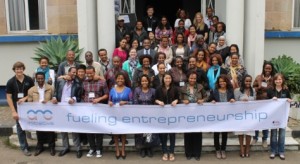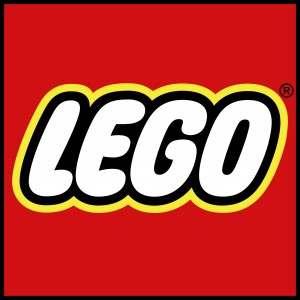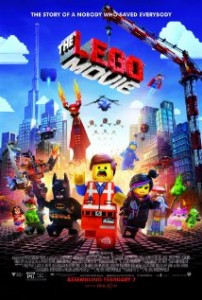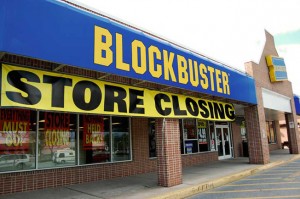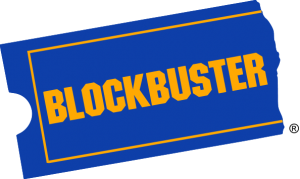The Arc Initiative and social enterprise do so much more than merely help the financially insecure- they provide the tools to benefit the individual, and community, in the long term. The question posed from Class 20 is “If the United Nations was fully funded why would we need the Arc or social enterprise”? The answer to that question I believe is simple: These programs set the foundation for continuous growth and development of quality of life, as well as business. If the UN was fully funded and provided financial relief to all afflicted groups, the problems plaguing them would still linger because of the lack of guidance given with funding. It is when entrepreneurs, like Salem Kassahun and Fitih Tesfaye, receive advice on how to improve their current business model when real change is made. Due to attending Arc Initiative workshops, both professionals altered their business models for the better, and are thriving, benefiting their communities, thanks to the suggestions made by the Sauder organization. Social entrepreneurs see and believe their vision, and take action to solve issues. Dorothy Stoneman of YouthBuild USA recognized an issue, and created an organization that maximizes social benefit. It is these programs, that fill in gaps left by governments and other agencies, that instigate sustainable change for the better in communities around the world.
The articles used in this post can be found at:
http://www.sauder.ubc.ca/Global_Reach/ARC_Initiative
https://youthbuild.org/dorothy-stoneman
Photos can be found at:
http://www.sauder.ubc.ca/Global_Reach/ARC_Initiative/Locations/Ethiopia
http://civicsupport.org/wp-content/uploads/2012/12/YBlogoblue2.jpeg
